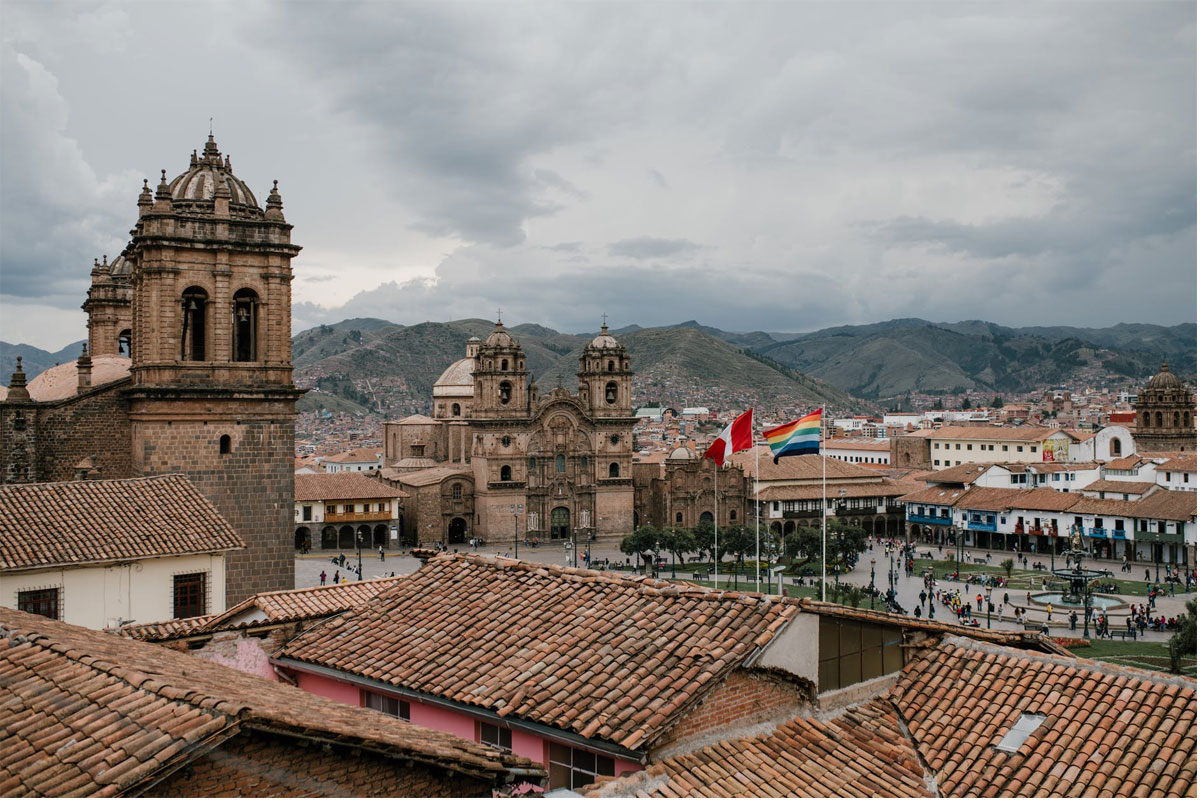Norway’s culture is intimately connected to the history and geography of the nation. The distinctive Norwegian farming culture, which continues today, has come from limited resources and severe environment and historic rules on property. Here we will describe the culture and tradition of Norway. It created a powerful romantic nationalist movement in the 19th century, still evident in the Norwegian language and the media. The Norwegian culture flourished in the 19th century as attempts continued to establish a distinct identity in literature, art, and music. Today, this continues via government funding for exhibits, cultural initiatives, and artworks in the performing arts.
The Culture and Tradition of Norway
The culture and customs of a new place make up most of our impressions on vacation. You will notice the contrasts with your own country while you’re in Norway, and you attempt to learn all these fascinating and unfamiliar traditions. There are four traditional parts of Norway, three in the south and one in the Arctic. There are considerable mountain barriers in the three major areas of the south. The Lang Mountains’ swelling massif extends north from the south end to separate eastern Norway, Ostlandet, west of Norway, or Vestlandet. Here we describe the culture and tradition of Norway as below.
BUSINESS CULTURE IN NORWAY
Norway (and the Norwegians) prefer to be independent and independent. The physical location of Norway undoubtedly fosters this sense of apartheid, and Norway’s wealth of natural resources has made it relatively autonomous as a nation. Norway has eschewed full membership of the European Union, choosing to have its unique relationship with the bloc, enabling it to take advantage of almost regular membership without giving up its autonomy.
Food Customs at Ceremonial Occasions
For the day of the Constitution, many families usually enjoy a meal of flatbread, sliced meats and milk porridge with beer or aquavit as a beverage. The traditional Christmas meals differ by area and may include roast pig, other meat or lutefisk. On festive occasions, a range of cured cuts, cheeses, shrimps, smoked and pickled fish, salads and soft and crimped bread may be presented at both the restaurants or family dinners. Cloudberries and loganberries are particularly popular, which wildly flourish on the mountain plateau.
Outings in Norway:
The people of Norway adore the outside; no wonder, given the fantastic beauty of their country. They are very fond of cross-country skiing, and you will see enthusiasts changing to roller skis for exercise in the summer. As a result, Norway has created its German Freedom of Movement Law, with a population of about five million outdoor types.
Language of Norway
The Norwegian language is very much like the Swedish and Danish languages. Children of expatriates are encouraged to study Norwegian, and the government expects every Norwegian citizen to have competence in Norwegian. In Norwegian schools, English is the primary foreign language taught. While some elderly individuals have restricted skills, the bulk of the population is very fluid.
Final thoughts
All parking spaces are paid for, and parking is prohibited otherwise. Healthy living is trendy; therefore, be not surprised to find many pathways and signs for hikers and bikers. Nature care is also a necessity. Praying over one’s riches is unusual, and by its look and clothing, you will not predict the financial position of individuals.
Also, Read This; What is the culture code for Sweden

